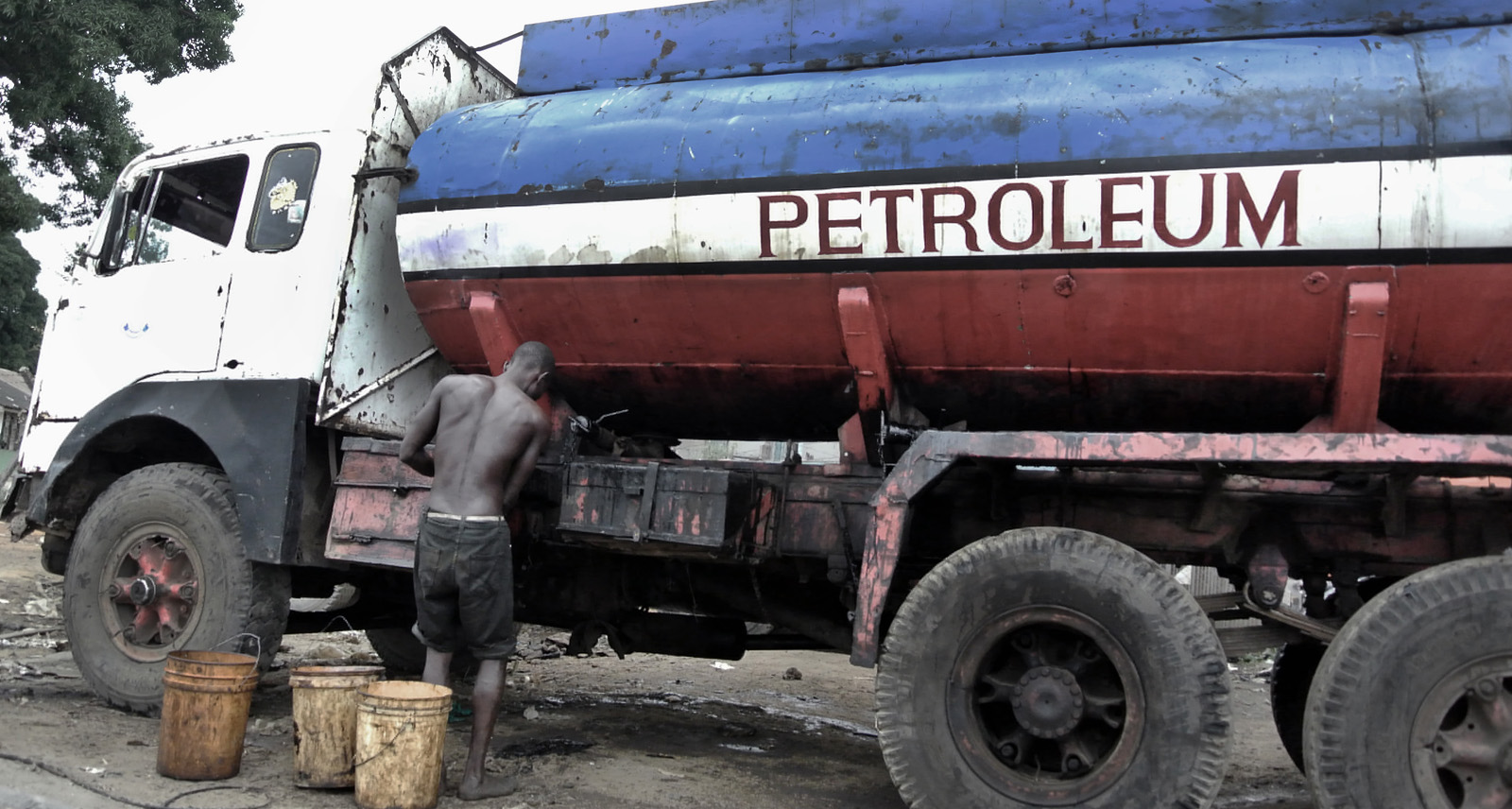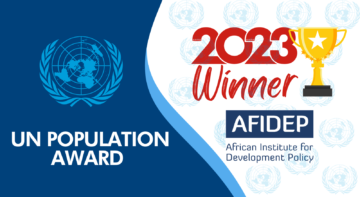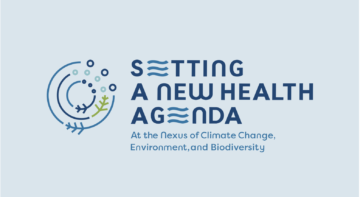Blogs

Because key populations play a crucial part in the spread of HIV, their involvement in tackling the virus is vital for an effective and sustainable response to the problem in the East African Community.
Besides cross-border populations, other vulnerable populations that need special focus include adolescent girls, young women, migrant populations, fisherfolk and people living with HIV.
Key populations are predisposed to acquire and transmit HIV for a number of reasons, including personal circumstances such as age, social mobility, education, and gender. Other factors are environmental and include poverty, gender discrimination and lack of or inadequacy of services.
Among the overall population, key and vulnerable groups are perhaps the most affected by poverty, gender inequality, harmful cultural and religious practices, low access to credit and finance, and lesser property or inheritance rights. Other factors such as political instability, economic migration, state fragility, and fragmentation contribute to increased HIV risk and vulnerability among key populations.
Stigma and discrimination in law and practice remain a major barrier to the provision of prevention, care and treatment services for key populations. Sex workers, transgender persons, people who use and inject drugs and men who have sex with men are especially vulnerable to social and state discrimination.
Most countries in the region have either criminalised the activities of key populations creating an artificial barrier to accessing health services. Cultural practices and social norms also condone discrimination against such groups.
Essentially, weak legal, social and policy frameworks for the protection of key populations limit their ability to access and utilise HIV prevention and other health services, thereby predisposing them to HIV infection and transmission.
The barriers and risks are higher for persons who are both key and vulnerable such as pregnant women who inject drugs or are sex workers. These groups of individuals cannot benefit from life-saving health and HIV services without first feeling safe from stigmatisation and discrimination by healthcare providers and the community at large.
The World Health Organization (WHO) warns that failure to provide adequate HIV services for key populations threatens progress against HIV. National efforts to reach new zero AIDS-related deaths will only be achieved through explicit commitment to addressing the HIV-pandemic. An effective HIV response calls for targeted and tailored HIV prevention, care and treatment interventions for key populations.
One such effort to address these gaps and increase access to HIV-services among key populations is the Cross-Border Health Integrated Partners Project (CB-HIPP). This is a US President’s Emergency Plan for AIDS Relief (PEPFAR) funded programme through the US Agency for International Development (USAID).
A consortium of organisations led by FHI360, Abts Associates and the African Institute for Development Policy (AFIDEP) implements this program. It aims at providing quality integrated health services to key, mobile and vulnerable populations in strategic border areas and other transport corridor sites in the East, Central and Southern Africa (ECSA) region. The programme aims at galvanising political commitment, general leadership, and policy and resource allocation while adopting best practices to improve health service delivery along transport corridors in the ECSA region.
The authors work for the African Institute for Development Policy, martin.atela@afidep.org & solomon.omariba@afidep.org.
This article was originally published in the People Daily on 10th March 2016.
Related Posts





